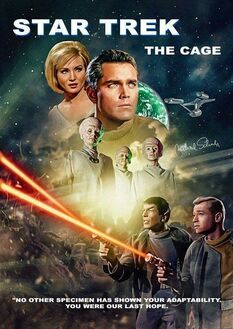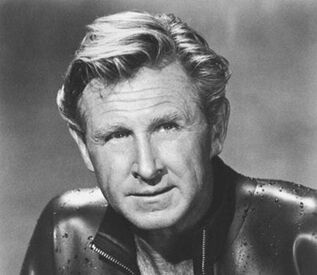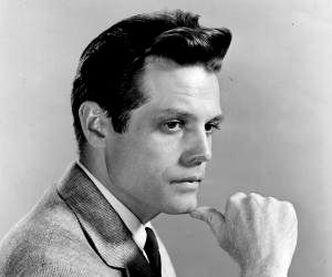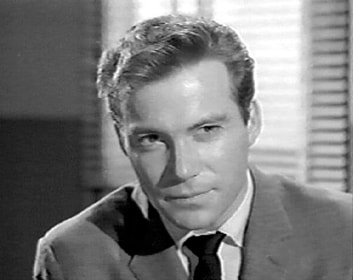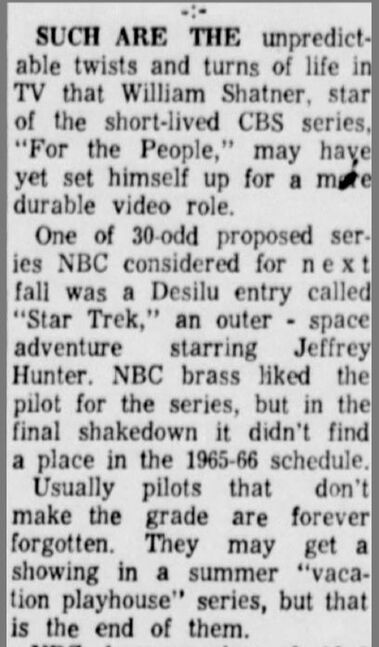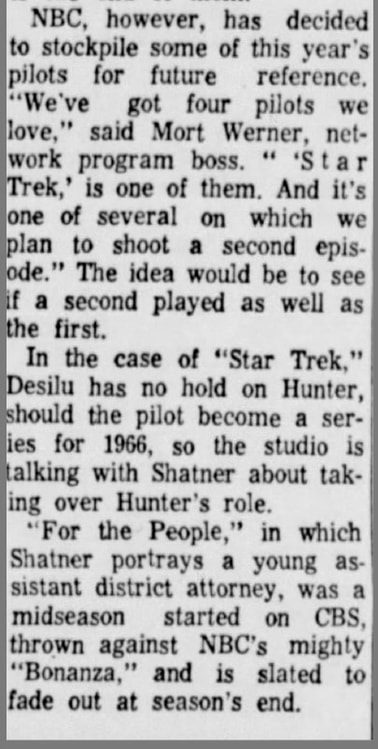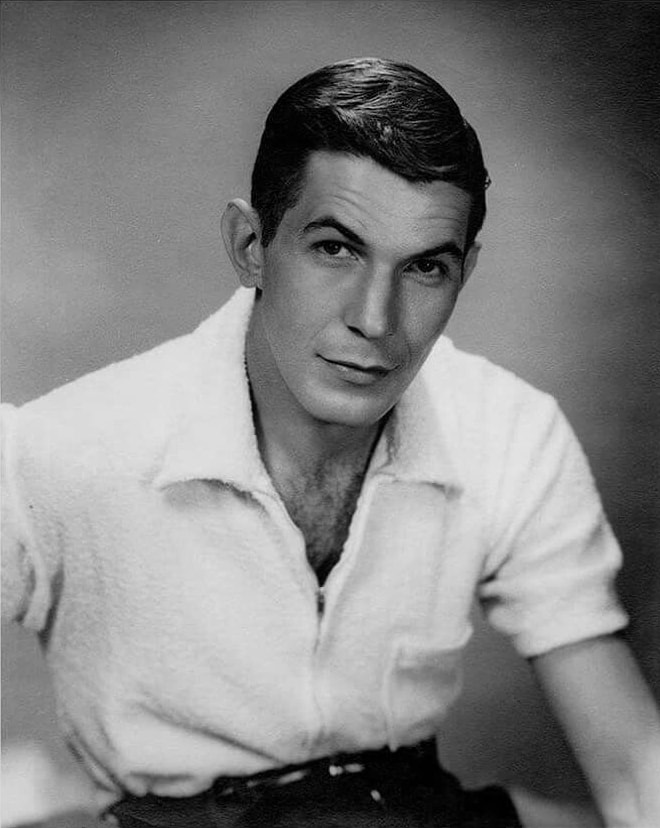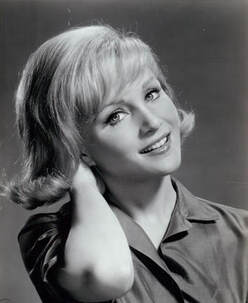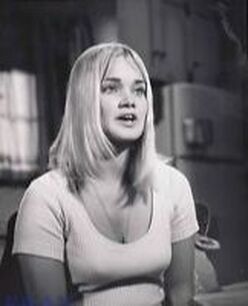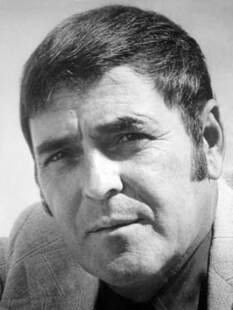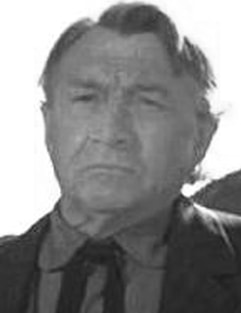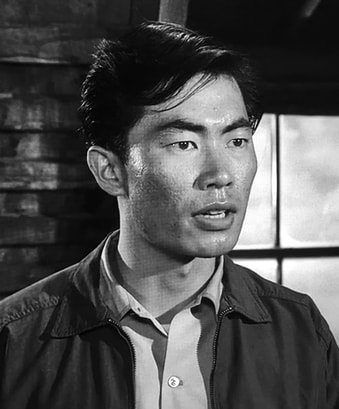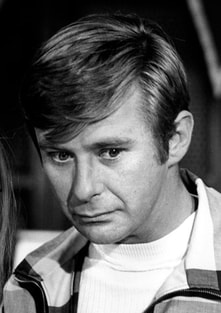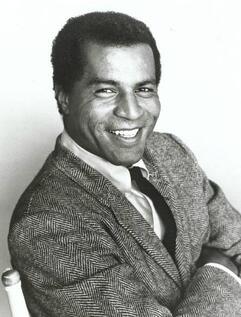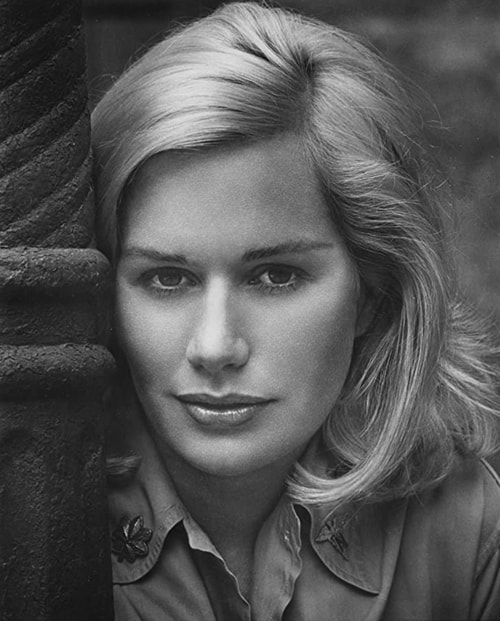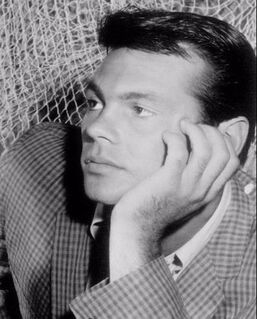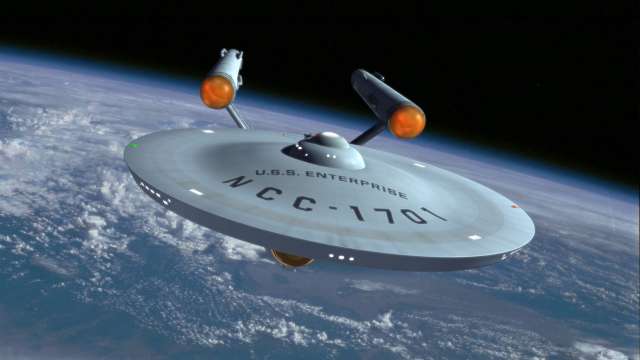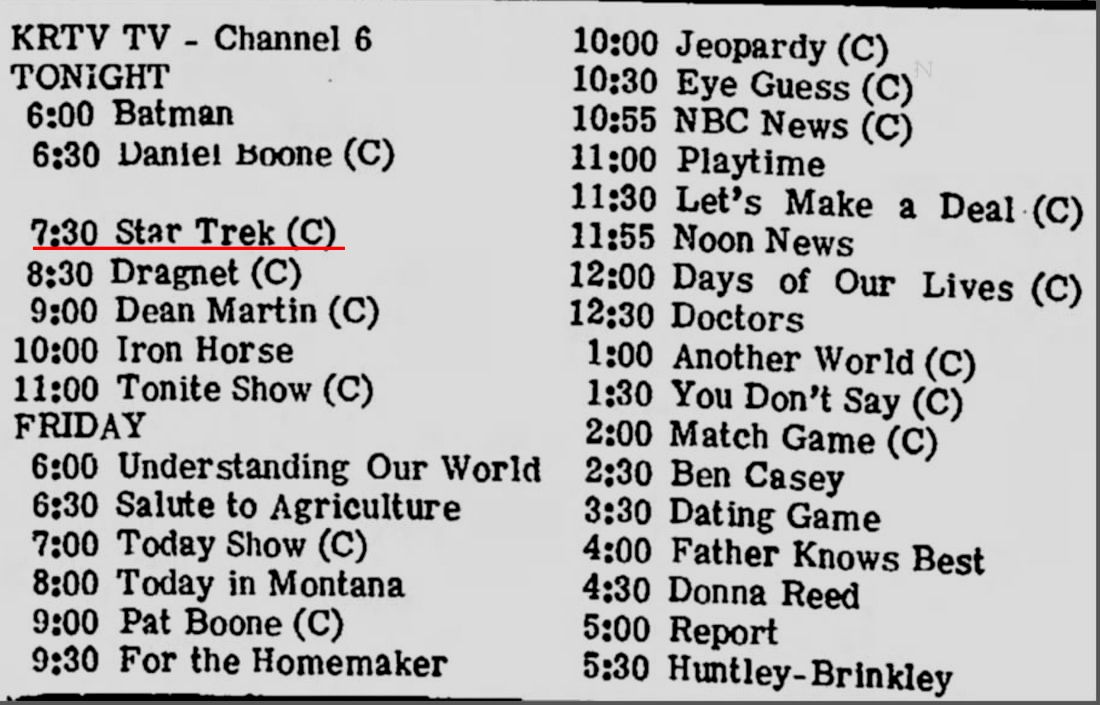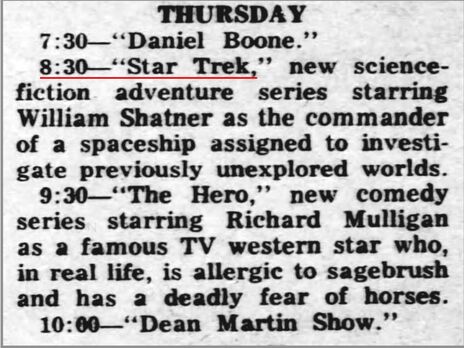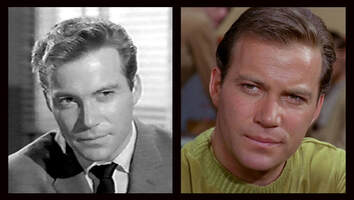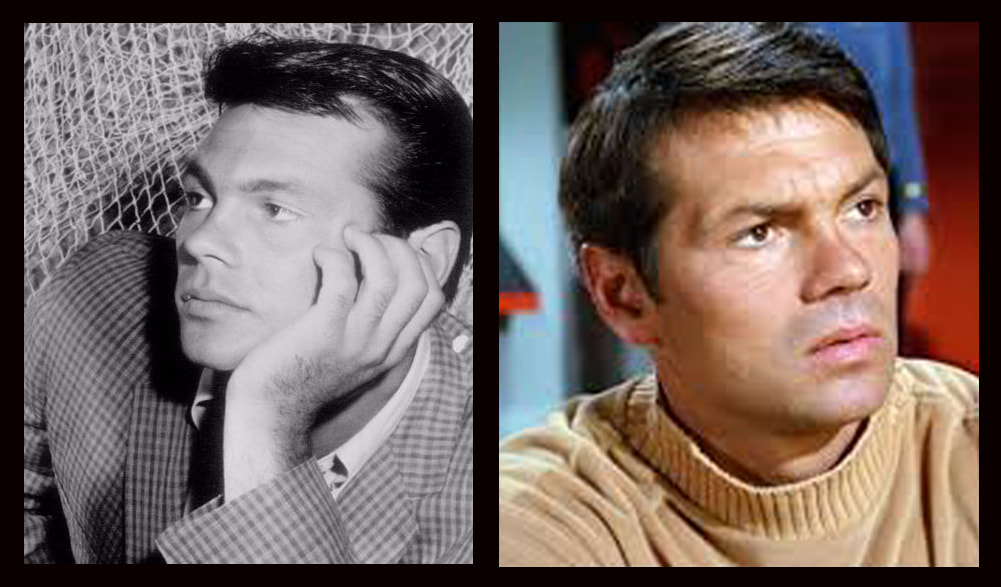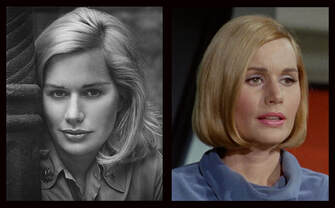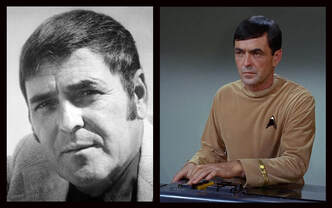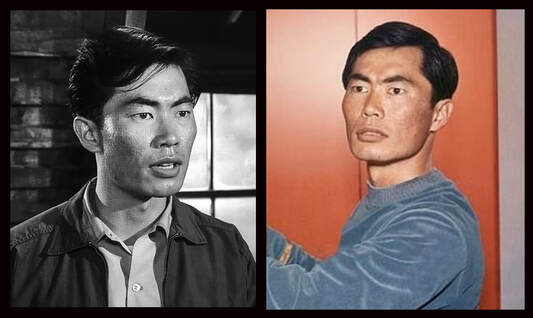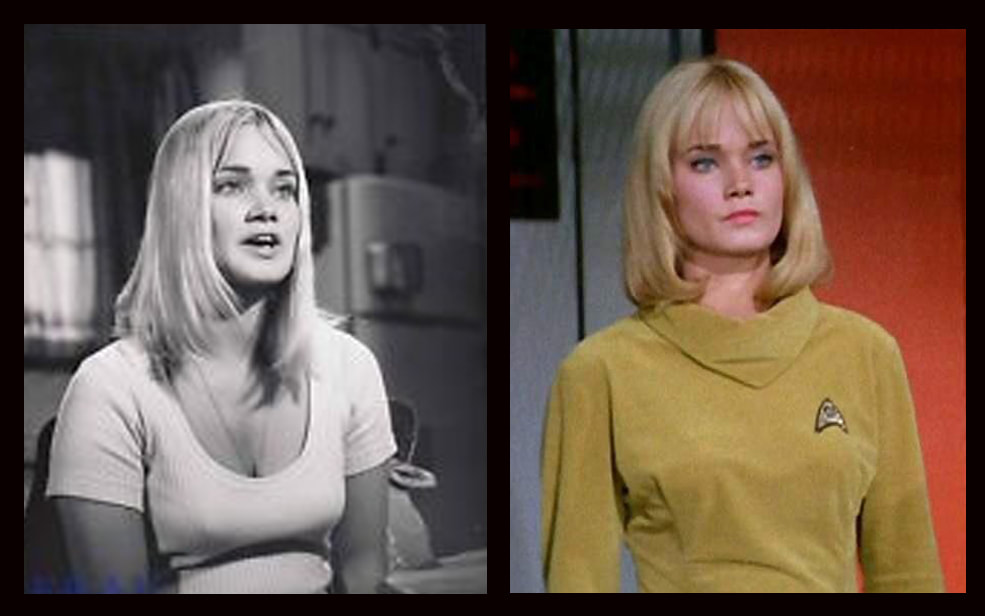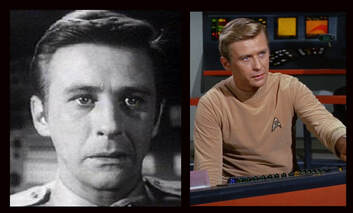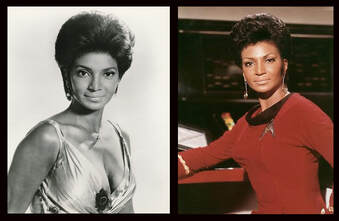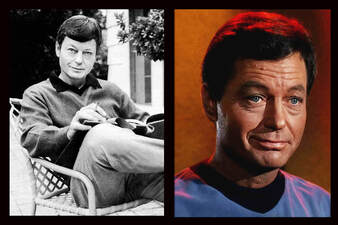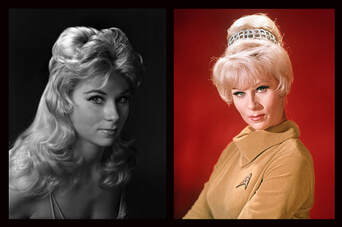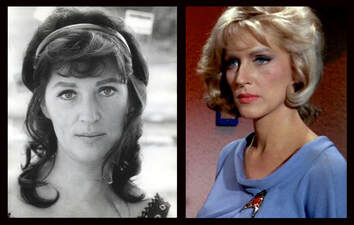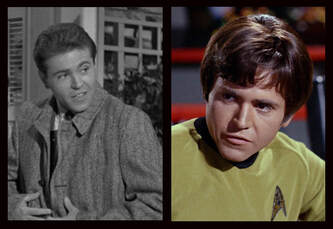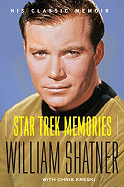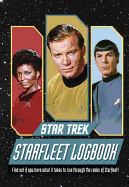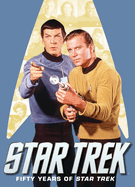As one door closes, another opens.
|
It was April 1965, and NBC executives decided not to turn the pilot for Star Trek -The Cage into a series. The results from the test audiences failed to produce high enough ratings. NBC reportedly called the pilot "too cerebral," "too intellectual," and "too slow with not enough action." The plan that audiences would experience the 400-person, 14 story technological-marvel called the USS Enterprise or that Jeffrey Hunter would be its heroic captain, was no more.
|
It seemed that the dream of Star Trek would self-destruct and disintegrate into thin air forever.
The Transition
Fortunately, there was enough interest in the dream of a sophisticated space-drama, that NBC requested that Roddenberry make another pilot. Jeffrey Hunter broke his contract to continue his role as captain since the network hadn't pursued the original pilot. His departure meant there was an opening for a new captain. Roddenberry sought stars like Lloyd Bridges (Sea Hunt tv series, The Lloyd Bridges Show, Airplane 1 & 2), and Jack Lord (various tv series roles, Hawaii Five-0). In the long run, Roddenberry chose William Shatner, who had been playing tv roles for 15 years (age 20 to age 35). By 1966, Shatner gained notice for his roles in For The People & Dr. Kildare.
The newspaper article from April 1965, best explains how the first pilot evolved into the second and how Shatner became the chosen one.
The other cast members chosen for this new pilot were: Andrea Dromm, James Doohan, Paul Fix, George Takei, Paul Carr, Lloyd Haynes, Sally Kellerman and Gary Lockwood.
The filming of "Where No Man Has Gone Before" began July 19, 1965, and was completed by July 28, 1965. Reusing most of the costumes and sets from the first pilot made production move quickly. Next, the unusually designed USS Enterprise and its unique crew were about to fly into American homes on test-runs. NBC needed to make sure that Star Trek wouldn't crash on impact before the possible fall 1966 premiere.
Getting the word out
Cast of "Where No Man Has Gone Before"
Besides the new actors hired, there were also many position changes on the starship. Mr. Spock (Leonard Nimoy), who was the science officer, took on the additional responsibility of being Number One, who was the next in command to the captain. Mr. Sulu (George Takei) appeared as the ship's Astro-Sciences Physicist, but he became the Helmsman after the pilot.
NBC decided that even though the executives and audiences liked the pilot, "The Man Trap" would launch the new series.
The adventures began on September 8, 1966, and continued every Thursday evening at 7:30 pm.
Sept. 8, 1966 - The Man Trap
Sept. 15, 1966 - Charlie X
Sept. 22, 1966 - Where No Man Has Gone Before
Sept. 29, 1966 - The Naked Time
The adventures began on September 8, 1966, and continued every Thursday evening at 7:30 pm.
Sept. 8, 1966 - The Man Trap
Sept. 15, 1966 - Charlie X
Sept. 22, 1966 - Where No Man Has Gone Before
Sept. 29, 1966 - The Naked Time
Completing the Circle
There were the other actors who rounded out the historic crew but arrived after the pilot Where No Man Has Gone Before. Birth of Star Trek would not be complete without the other iconic actors that made the series legend. During the successful launch of Star Trek, the following crew members found their way on board. Nichelle Nichols, DeForest Kelley, and Grace Lee Whitney first appeared on The Man Trap (broadcast date - September 8, 1966). Majel Barrett returned to the cast in The Naked Time (broadcast date - September 29, 1966).
The five-year mission of the Enterprise had begun.
With the birth of Star Trek, there was an abundance of reviews and criticisms.
What did viewers and reviewers of the 1960s say about this unique vision of the future?
To be continued...
With the birth of Star Trek, there was an abundance of reviews and criticisms.
What did viewers and reviewers of the 1960s say about this unique vision of the future?
To be continued...
The Reviews -
The Birth of STAR TREK - Part 3
The Birth of STAR TREK - Part 3
